Rising Awareness and Acceptance
The Smart Exoskeleton Market is experiencing a rise in awareness and acceptance among potential users, including healthcare professionals and industrial workers. As more success stories emerge regarding the effectiveness of exoskeletons in rehabilitation and workplace safety, the stigma surrounding their use is diminishing. Educational campaigns and demonstrations are playing a crucial role in informing stakeholders about the benefits of exoskeleton technology. Furthermore, as the technology becomes more user-friendly and affordable, acceptance is likely to increase. Market Research Future indicates that consumer interest in exoskeletons is growing, with a projected increase in adoption rates among healthcare facilities and manufacturing companies. This shift in perception is expected to drive market growth, as more organizations recognize the value of integrating exoskeletons into their operations.
Growing Demand in Rehabilitation
The Smart Exoskeleton Market is witnessing a notable increase in demand for rehabilitation solutions, particularly for individuals with mobility impairments. As the global population ages, the prevalence of conditions such as stroke and spinal cord injuries is rising, necessitating effective rehabilitation tools. Exoskeletons are being recognized for their potential to aid in physical therapy, enabling patients to regain mobility and strength. Recent studies indicate that the use of exoskeletons in rehabilitation can lead to improved outcomes, with some patients experiencing significant recovery in motor functions. This growing recognition of the benefits of exoskeletons in rehabilitation is expected to propel market growth, with estimates suggesting a market value exceeding USD 2 billion by 2026. The increasing collaboration between healthcare providers and technology developers further underscores the potential of exoskeletons in therapeutic settings.
Government Initiatives and Funding
The Smart Exoskeleton Market is benefiting from increased government initiatives and funding aimed at promoting advanced technologies. Various governments are recognizing the potential of exoskeletons in improving healthcare outcomes and enhancing workforce productivity. Initiatives such as grants and subsidies for research and development are being implemented to encourage innovation in this field. For example, funding programs aimed at supporting startups and small businesses in the exoskeleton sector are becoming more prevalent. This financial support is likely to accelerate the development and commercialization of new exoskeleton technologies, thereby expanding their market reach. Additionally, government partnerships with academic institutions and private companies are fostering collaborative research efforts, which may lead to breakthroughs in exoskeleton design and functionality.
Technological Advancements in Robotics
The Smart Exoskeleton Market is experiencing a surge in technological advancements, particularly in robotics and artificial intelligence. Innovations in sensor technology, machine learning, and materials science are enhancing the functionality and efficiency of exoskeletons. For instance, the integration of lightweight materials and advanced actuators allows for greater mobility and user comfort. As a result, the market is projected to grow at a compound annual growth rate of approximately 30% over the next five years. This rapid evolution in technology not only improves the performance of exoskeletons but also expands their applications across various sectors, including healthcare and manufacturing. The continuous investment in research and development is likely to drive further innovations, making exoskeletons more accessible and effective for users.
Industrial Applications and Workforce Safety
The Smart Exoskeleton Market is increasingly being adopted in industrial applications, particularly for enhancing workforce safety and productivity. As industries strive to reduce workplace injuries and improve ergonomics, exoskeletons are emerging as viable solutions. These devices assist workers in lifting heavy objects and performing repetitive tasks, thereby minimizing the risk of musculoskeletal disorders. Recent data indicates that companies implementing exoskeletons have reported a reduction in injury rates by up to 50%. This trend is likely to drive the market as organizations recognize the economic benefits of investing in exoskeleton technology. Furthermore, the integration of exoskeletons into training programs is expected to enhance worker efficiency and reduce downtime, making them an attractive option for various sectors, including construction, manufacturing, and logistics.
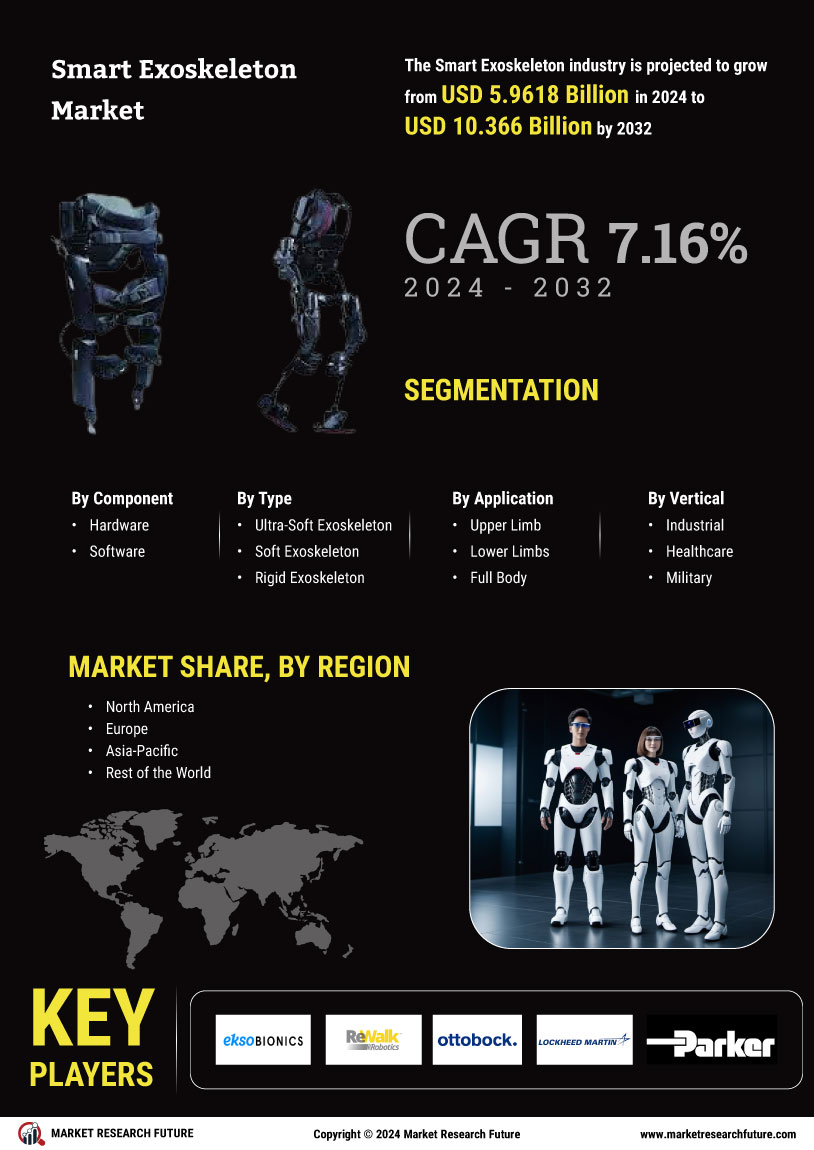
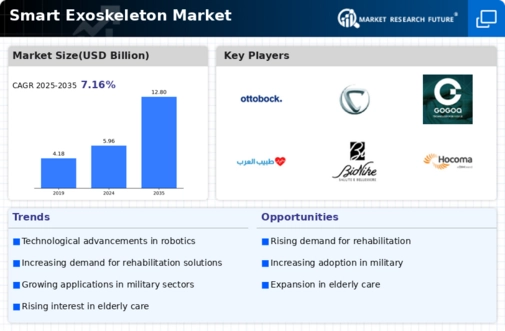
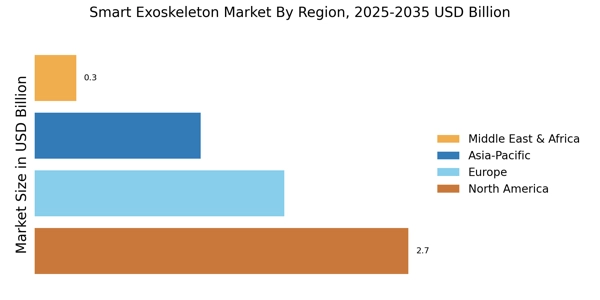
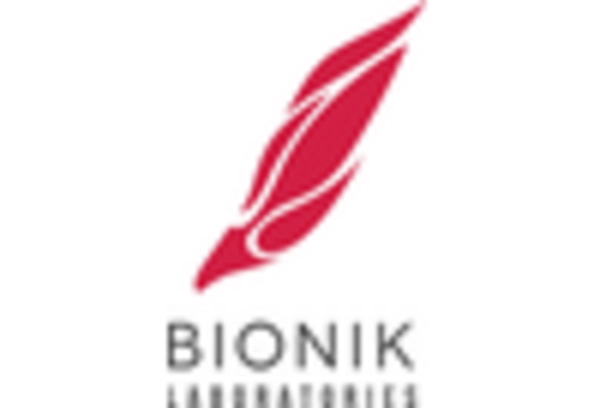


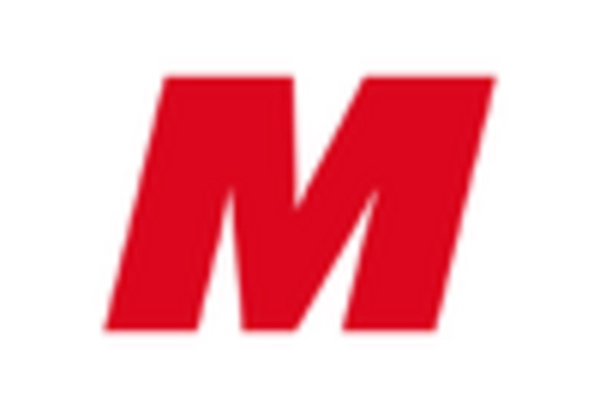










Leave a Comment